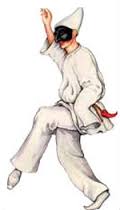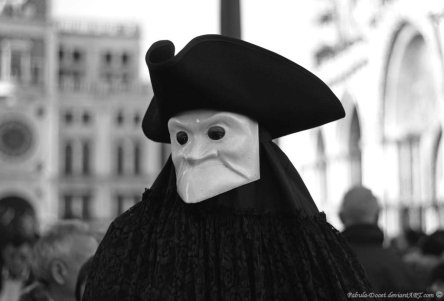Timeline of major events in the 17th century
1606 Jamestown, Virginia, established-first permanent English colony on American mainland. Pocahontas, daughter of Chief Powhatan, saves life of John Smith.
1609 Johannes Kepler publishes his Laws of Planetary Motion which explained the movement of planets around the sun.
1610 Galileo Galilei sees the moons of Jupiter through his telescope. Galileo also showed the Copernican system in which the planets circle the sun was correct.
1611 King James Version of the Bible published in England.
1616 William Shakespeare dies.
1618 Start of the Thirty Years’ War – Protestants revolt against Catholic oppression; Denmark, Sweden, and France invade Germany in later phases of war. Johannes Kepler proposes last of three laws of planetary motion.
1619 The first African slaves are brought to Jamestown.
(Slavery is made legal in 1650.)
1620 Pilgrims from England arrive at Plymouth, Massachusetts, on the Mayflower.
1626 Peter Minuit buys Manhattan island for the Dutch from Man-a-hat-a Indians for goods worth $24. The island is renamed New Amsterdam.
1630 Boston is founded by Massachusetts colonists led by John Winthrop.
1631 The Taj Mahal is built in India (1631 – 1653)
1633 The Spanish Inquisition forces Galileo Galilei to recant his belief in Copernican theory.
1642 English Civil War. Cavaliers, supporters of Charles I, against Roundheads, parliamentary forces. Oliver Cromwell defeats Royalists (1646). Parliament demands reforms. Charles I offers concessions, brought to trial (1648), beheaded (1649). Cromwell becomes Lord Protector (1653). Rembrandt Harmenszoon van Rijn paints his Night Watch.
1644 End of Ming Dynasty in China-Manchus come to power. René Descartes’s Principles of Philosophy.
1648 End of the Thirty Years’ War. German population about half of what it was in 1618 because of war and pestilence.
1658 Oliver Cromwell dies; son Richard resigns and Puritan government collapses.
1660 English Parliament calls for the restoration of the monarchy; invites Charles II to return from France.
1661 Charles II is crowned King of England. Louis XIV begins personal rule as absolute monarch; starts to build Versailles.
1664 Isaac Newton’s experiments with gravity. The English seize New Amsterdam from the Dutch. The city is renamed New York.
1665 Great Plague in London kills 75,000.
1699 French settlers move into Mississippi and Louisiana.






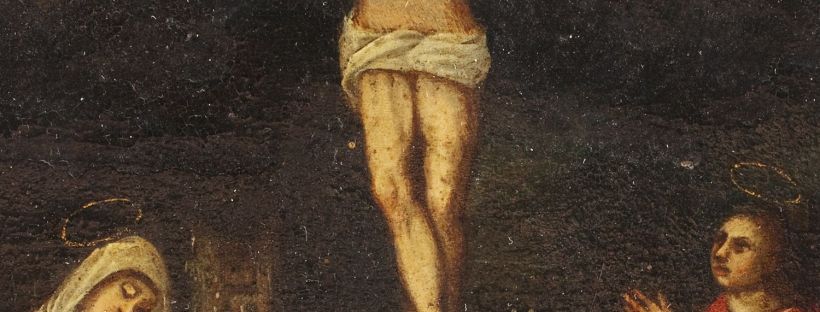

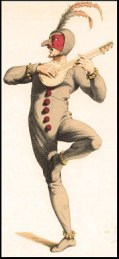 (2)
(2) 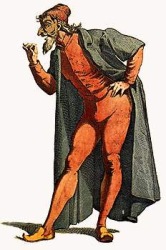
 (4)
(4) 